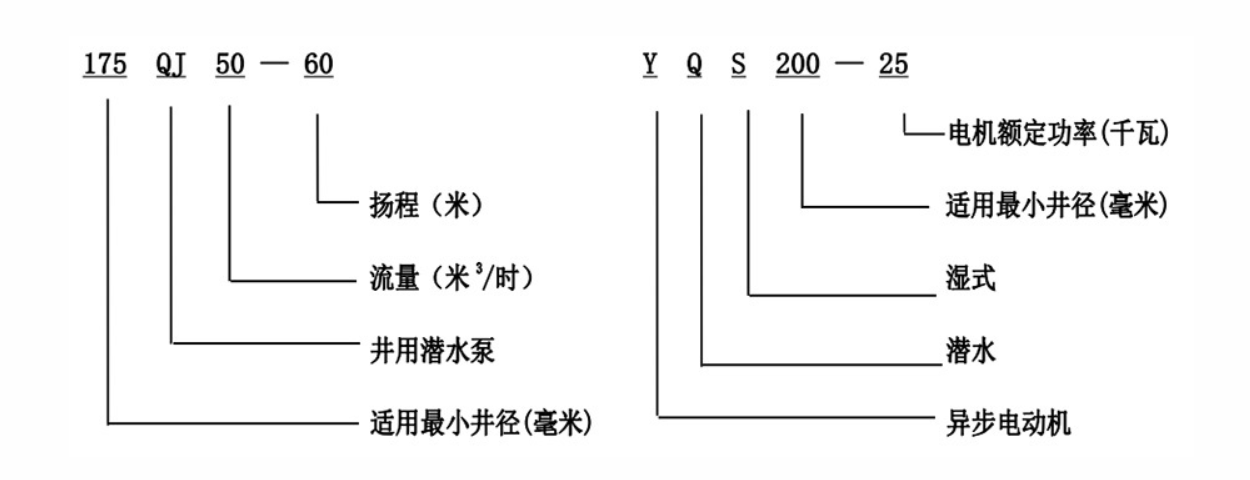Aug . 18, 2024 16:01 Back to list
High-Performance Motors for 600 Feet Deep Borewell Applications
The Role of Borewell Motors in Agriculture A Focus on 600 Feet Borewell Motors
In modern agriculture, efficient water management is crucial for maximizing crop yields and ensuring sustainability. One of the key technologies enabling farmers to access underground water sources is the borewell motor. Specifically, 600 feet borewell motors have become increasingly popular due to their efficiency and ability to cater to the diverse needs of the agricultural sector.
A borewell is essentially a deep, narrow hole drilled into the ground to access water from aquifers. In areas where water supply is scarce, farmers often have no choice but to depend on these underground sources. The right borewell motor plays a vital role in pumping this water to the surface for irrigation and other agricultural uses. With the depth of a borewell reaching up to 600 feet, it becomes imperative for the motor to be powerful, efficient, and reliable.
Understanding the Specifications
When selecting a borewell motor for a 600 feet depth, several specifications must be considered. The first is horsepower (HP), which determines how powerful the motor is and its ability to lift water from deep underground. Typically, borewell motors for such depths range between 1 HP to 10 HP, depending on the volume of water required and the specific crops being irrigated.
Another crucial specification is the motor's efficiency. High-efficiency motors consume less electricity while delivering optimal performance, which is significant for farmers looking to minimize operational costs. In addition to efficiency, durability is essential; borewell motors should be made from corrosion-resistant materials to withstand the harsh conditions of underground water sources.
Types of Borewell Motors
600 feet borewell motor

There are primarily two types of borewell motors submersible and surface motors. Submersible motors are designed to be placed underwater and can lift water from significant depths. In contrast, surface motors sit above ground and are suitable for shallower borewells but not ideal for 600-foot depths. For deep borewells, submersible motors are generally the preferred choice due to their higher efficiency and ability to handle high-pressure situations.
The Economic and Environmental Impact
Investing in a reliable 600 feet borewell motor can lead to significant economic benefits for farmers. Increased access to water allows for more intensive farming practices, leading to higher crop yields and potentially better income. Furthermore, with the implementation of better irrigation techniques powered by efficient motors, there is a lower likelihood of over-extraction of water resources, promoting sustainable agricultural practices.
Moreover, the technology associated with these motors is continually evolving. Many modern borewell motors come with advanced features, such as variable frequency drives (VFDs), which help regulate the pump's speed based on water demand. This not only enhances efficiency but also extends the motor's lifespan by reducing wear and tear.
Conclusion
In conclusion, 600 feet borewell motors play a critical role in modern agriculture, particularly in regions facing water scarcity. The ability to access deep underground water sources can transform farming practices, leading to improved productivity and sustainability. As water becomes an increasingly precious resource, investing in high-quality, efficient borewell motors will undoubtedly benefit not just individual farmers but also the agricultural sector as a whole. By selecting the right motor and employing sustainable practices, farmers can ensure that they remain competitive and environmentally conscious in a rapidly changing world.
-
Submersible Water Pump: The Efficient 'Power Pioneer' of the Underwater World
NewsJul.01,2025
-
Submersible Pond Pump: The Hidden Guardian of Water Landscape Ecology
NewsJul.01,2025
-
Stainless Well Pump: A Reliable and Durable Pumping Main Force
NewsJul.01,2025
-
Stainless Steel Submersible Pump: An Efficient and Versatile Tool for Underwater Operations
NewsJul.01,2025
-
Deep Well Submersible Pump: An Efficient 'Sucker' of Groundwater Sources
NewsJul.01,2025
-
Deep Water Well Pump: An Efficient 'Sucker' of Groundwater Sources
NewsJul.01,2025
-
 Submersible Water Pump: The Efficient 'Power Pioneer' of the Underwater WorldIn the field of hydraulic equipment, the Submersible Water Pump has become the core equipment for underwater operations and water resource transportation due to its unique design and excellent performance.Detail
Submersible Water Pump: The Efficient 'Power Pioneer' of the Underwater WorldIn the field of hydraulic equipment, the Submersible Water Pump has become the core equipment for underwater operations and water resource transportation due to its unique design and excellent performance.Detail -
 Submersible Pond Pump: The Hidden Guardian of Water Landscape EcologyIn courtyard landscapes, ecological ponds, and even small-scale water conservancy projects, there is a silent yet indispensable equipment - the Submersible Pond Pump.Detail
Submersible Pond Pump: The Hidden Guardian of Water Landscape EcologyIn courtyard landscapes, ecological ponds, and even small-scale water conservancy projects, there is a silent yet indispensable equipment - the Submersible Pond Pump.Detail -
 Stainless Well Pump: A Reliable and Durable Pumping Main ForceIn the field of water resource transportation, Stainless Well Pump has become the core equipment for various pumping scenarios with its excellent performance and reliable quality.Detail
Stainless Well Pump: A Reliable and Durable Pumping Main ForceIn the field of water resource transportation, Stainless Well Pump has become the core equipment for various pumping scenarios with its excellent performance and reliable quality.Detail
